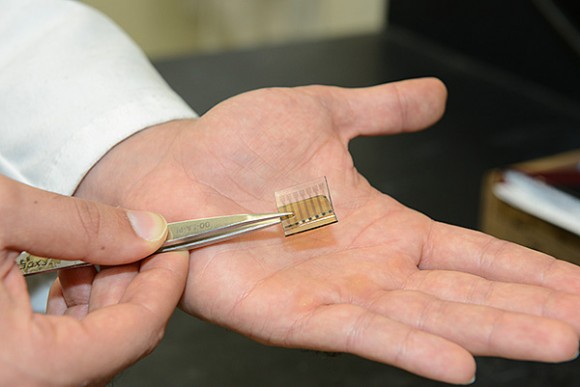Stanford created carbon photocells at Stanford

We all know what solar cells make solar cells from. Actually, modern solar panels can not be called a source of "clean" energy, since the production of the panels themselves is quite resource-intensive, and is not "clean." In addition, the production of solar panels requires fairly rare elements, the stock of which is limited. Scientists from Stanford University have proposed a different solution - carbon photocells.
So far this is only the beginning, as scientists are striving to create the most efficient photo cells. But what is there is surprising. The fact is that carbon solar panels can withstand temperatures up to 600 degrees above zero (Celsius). In addition, these panels can be made first, flexible, and secondly, ultrathin. And this means the possibility of creating a coating for the walls of houses, cars, a coating that can work as a solar panel.
')
It does not require any very expensive creation methods or rare materials. We need carbon nanotubes (their thickness is about 10,000 times smaller than the thickness of a human hair) and carbon molecules, which are called “buckyballs” (due to its shape and structure resembling a soccer ball). The active layer consists of these materials. Photovoltaic cells of this type do not use indium, tin or silver oxides. Only carbon in its various forms.
Unfortunately, so far the efficiency of carbon photoelectric cells is less than 1%, which is significantly lower than that of commercial photocells made of standard materials. However, scientists are now actively working to improve the efficiency of carbon solar panels. High efficiency and low cost, I suppose, will be able to attract the attention of commercial organizations to a new type of photovoltaic cells.
Here is a video explaining the work of carbon photo cells in detail:
Via stanford + slashgear
Source: https://habr.com/ru/post/157127/
All Articles